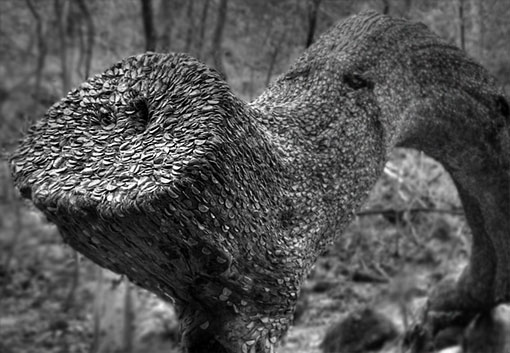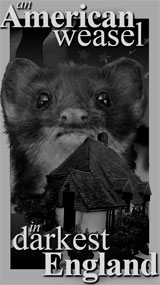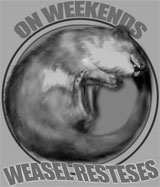The United Kingdom of Generally Bonkers

British architect Sir Bertram Clough Williams-Ellis loved the Italian Riviera so much that he built his very own entire Italian fishing village. In Wales.
It took him fifty years (1925 – 1975). You’ve probably seen it — it’s been used as a TV and movie set a gazillion times, most memorably as ‘The Village’ in The Prisoner. When old Sir Bertram died, he had hisself cremated and made into a rocket, which burst over Portmeirion twenty years later in a fireworks display.
But that’s not what I want to talk about.
Four years ago, groundskeepers at the (genuine) 12th Century castle at Portemeirion felled a tree to widen a path and left the dead tree there. Within months, persons unknown had hammered it full of coins. Mostly modern two pence pieces. Like, taken a rock and smashed it against a coin until it was deeply embedded in the trunk. Or, rather, thousands of them.
There are now seven trees on the grounds similarly encrusted in copper.
The estate manager swears he didn’t start it, hasn’t advertised it and has no idea who’s doing it. He did some digging around, though, and discovered there’s a British tradition of ‘wishing trees’ — kind of like wishing wells — dating back at least to the 18th Century.
So. Huh.
January 3, 2012 — 10:53 pm
Comments: 39
One of pre-history’s great WTFs
Okay, so the Orknies are those islands on the North coast of Scotland. Bleak, tiny and cold as witch titty. And eight years ago, archeologists discovered a gigantic Neolithic building complex up there. Presumably a temple complex, because the thing is so huge and weird.
How huge? Well the site — smack between two well-known stone circles — is (I believe they said) the size of four football fields end-to-end (presumably they meant soccer fields, which are even bigger than real football fields). They’ve only excavated a tiny part of it, but scans say there are about a hundred buildings total.
And by buildings, I mean dressed stone buildings with slate rooves and weirdly curvy walls fifteen feet thick. Some evidence of carving and painting on the walls, lots of tools and bits of pottery. Whatever they were doing up there in the ass end of nowhere, they were doing it for a thousand years, somehow keeping themselves amply supplied with workmen, man-hours and quarried stone. Peat for the fires and food for the priests.
Oh, and they found a pit full of beef bones. Testing showed the cattle were raised on fodder with a high nitrogen content — in other words, raised by farmers who used sophisticated fertilizer, presumably manure-based. But — get this — these cattle were all slaughtered at the same, or about the same, time.
They had a beef feast for 10,000 and smashed the whole place up, deliberately. Probably not invaders, because another similarly-constructed hall was then built on the ruins.
And this five hundred years before Stonehenge was assembled.
If you’re in the UK, you can catch a program about it on the iPlayer for another week (sorry, fellow Yanks — I can’t watch Hulu, you can’t watch BBC). If not, you can follow the dig’s own site (excavation ended in August and will begin again in June, but there’s lots of background information). Oh, if you must, here’s an overview from the Daily Mail
January 2, 2012 — 9:15 pm
Comments: 30













